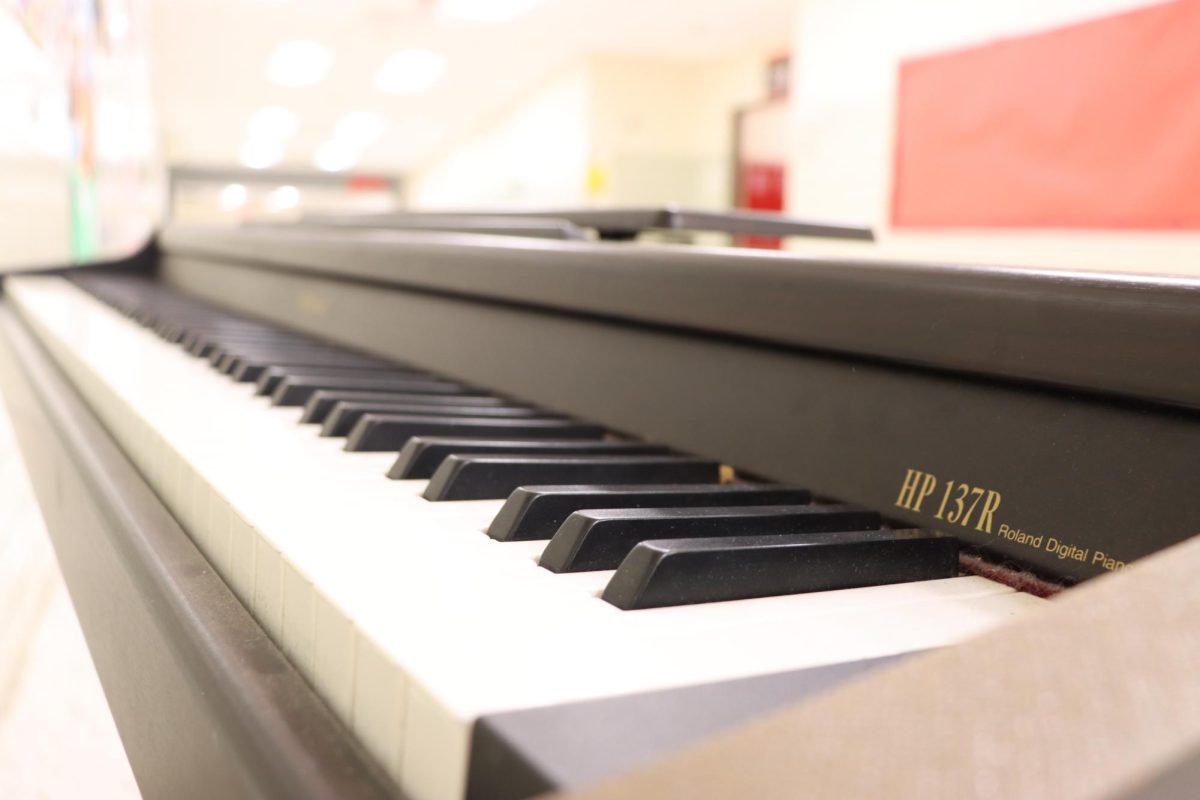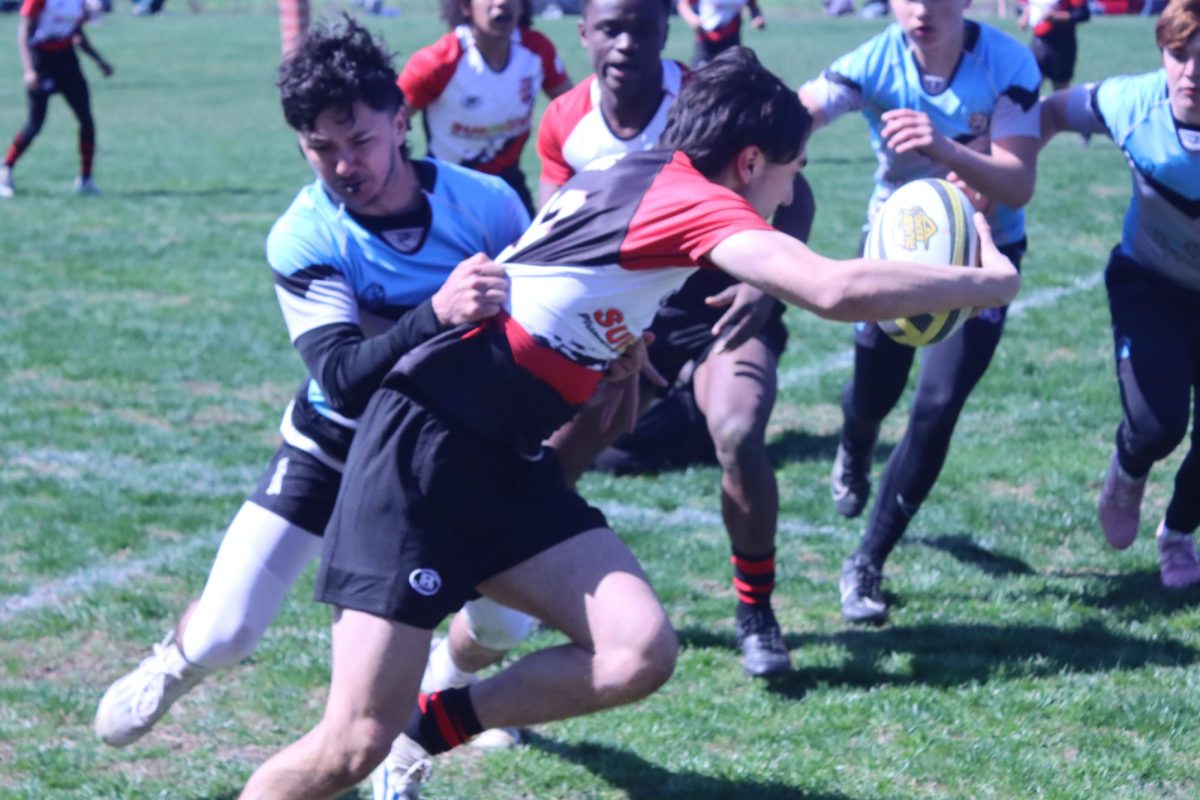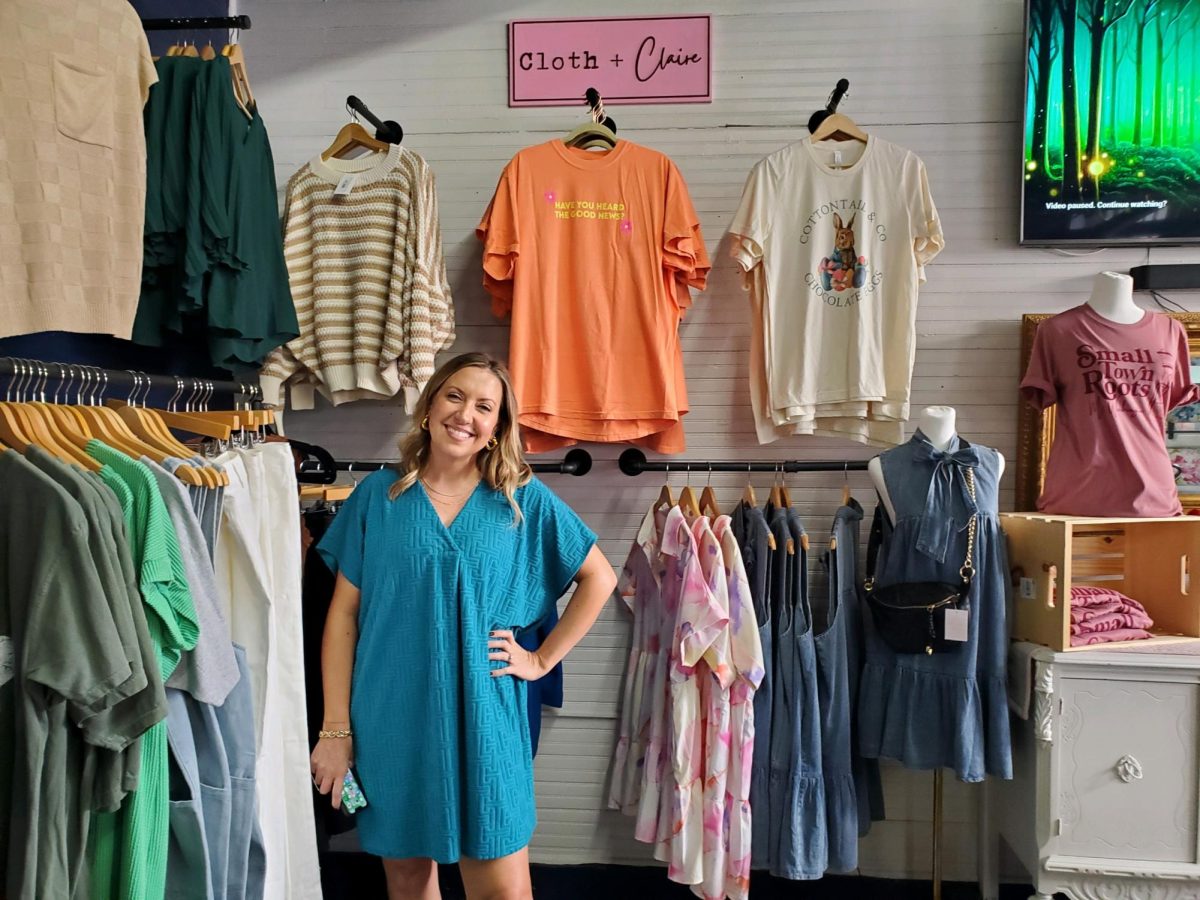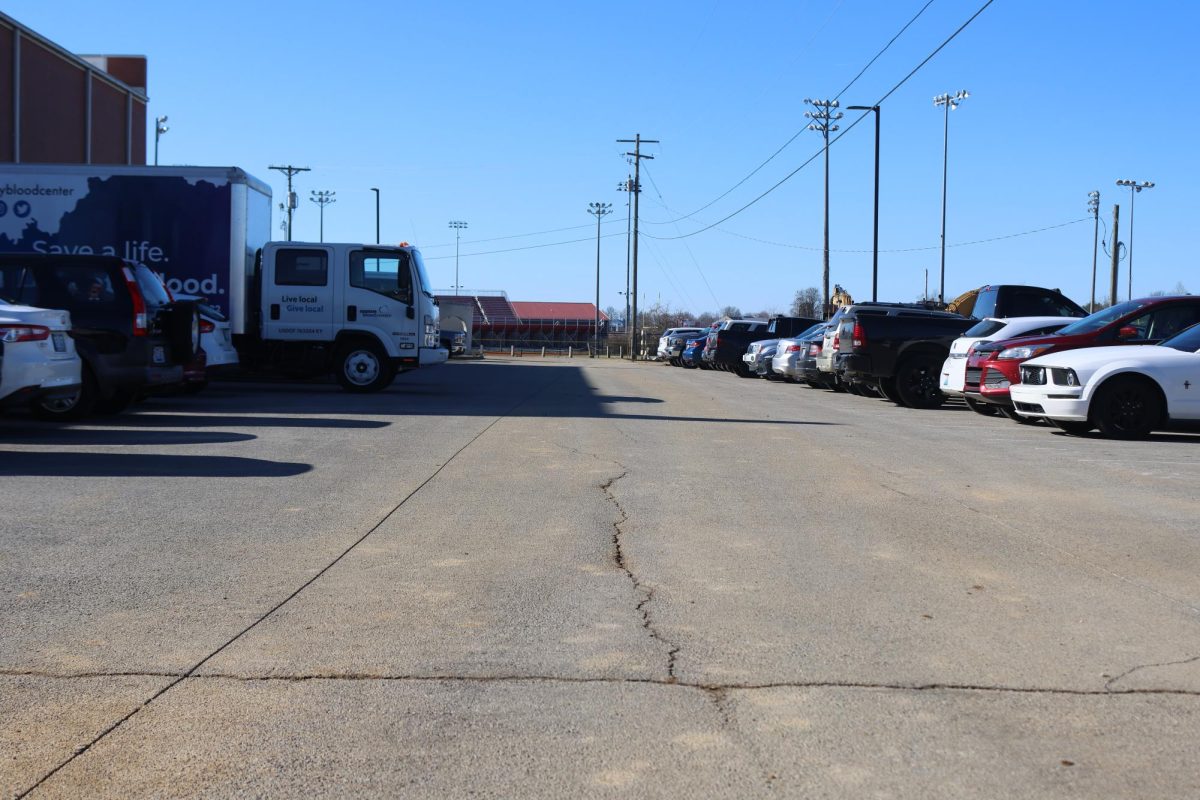We all need a bit of extra help sometimes.
All students struggle in school, but some students also have to manage learning difficult content while managing a disability such as vision impairment, deafness, attention deficit hyperactivity disorder, autism spectrum disorder, etc. These students gain accommodations through IEP or 504 plans that outline goals and accommodations to aid the student’s learning.
“504 plans are mainly that the student can manage on their own, the teacher can provide extended time, or things like that, but it’s things that the student can primarily manage,” Guidance counselor Savannah Richardson said. 504 plans are incredibly helpful tools for accommodations for students with lower support needs.
“Then the next level of support would be an IEP (individualized education plan). That is where there is another additional teacher available to help give breaks and prompts and cues and follow up on assignments and do some one-on-one redirecting. So that one that is just a little bit more intensive than a 504,” Richardson said. These plans are more helpful for students who need extra support in managing their disability and still getting a high-quality education.
“There’s an ARC (Admissions and Release) committee that works to develop the plans for the individual students. It’s composed of a teacher, teacher feedback from the other teachers who aren’t actually in the meeting, special education staff, and an ARC chair. A lot of times our MTSS coach, Mr. Stanton is there as well, the school counselor, the parent, and the student, and everybody has an equal voice,” Richardson said. It is important that the student can be in these meetings as they have to deal with these disabilities daily and know what types of support would be beneficial to them.
IEP and 504 plans are goal-based and accommodations are based on these goals. If a student is able to confidently reach a goal, the support there will be lowered in many cases and if the student is only able to achieve a goal with the support, they will continue to get that accommodation. If a student is still unable to meet a goal with the accommodation, they will increase the level of accommodation, in some cases this involves moving from a 504 plan to an IEP.
“We do have some outside therapists that come in and provide speech and occupational therapy, there’s also an encouragement to the parent to schedule those outside of the school day because when those are happening during the school day, they’re missing their academic time. So we do have some and they just come in and do their thing and then leave when they need to,” Richardson said. These therapies are incredibly beneficial to students and help them gain life skills to succeed in life.
School staff is required to place a student in their least restrictive environment. These environments include but are not limited to being placed in a general education classroom with accommodations to class work, being allowed to leave class to go to a special education classroom as necessary, scheduling part of the day in a special education classroom with parts in a general education classroom or spending the full day in a special education classroom. Students who need them may also have one-on-one aids.
Smaller, simpler accommodations also exist for students, such as being able to leave a few minutes early to avoid crowded hallways or wearing noise-canceling headphones to block out noises and allow them to focus. These accommodations can allow students to better access an education that would be less beneficial to them otherwise. Allowing students access to fidget toys or a break throughout the day to regulate themselves lets disabled students access and thrive in educational settings.
Some accommodations for students with physical disabilities can be relatively simple. For example, blind students navigate the school by using a cane. Recently, Bullitt East has added tape in front of hallways to indicate which hallway she is entering, with three lines of tape in front of third hall, two in front of second hall, and so on. These simple tape strips allow them to be much more independent and mobile throughout the school.
Algebra two teacher Kristen Stoughbah has also adapted to make her classroom accessible for students with vision impairments. She utilizes a velcro board with braille tiles on it to teach students who are visually impaired by using braille. The tiles have visuals for Stoughbah to see, with braille dots for students who can’t. A talking graphing calculator is also available.
Students can also gain accommodations in state-required testing such as the ACT or KSA assessments. These accommodations are required to be obtainable by students due to the Americans with Disabilities Act (ADA) and Kentucky law. These accommodations can include being in a separate room, breaks throughout testing and someone reading the test to you and many others as necessary for students. Accommodations are granted based on the needs of the student, not the classification of the disability. In addition, these accommodations may not impact the validity of the testing or the content being assessed.















Stephanie Grady • Feb 8, 2024 at 10:58 am
Very informative, thanks for taking the time to lay out these alternatives for those who might not be aware that these plans exist.